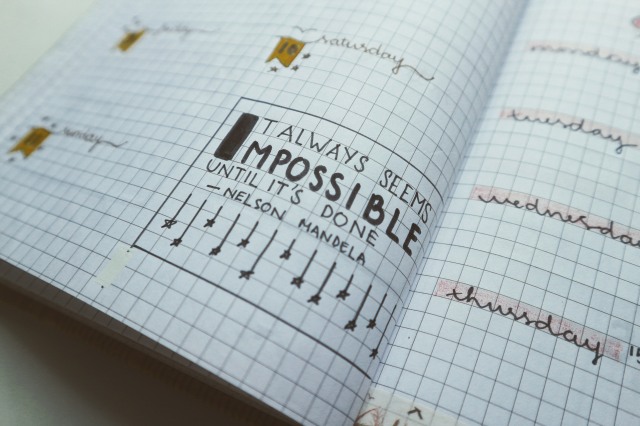Homeschool Science Curriculum for Kindergarten
A homeschool science curriculum for kindergarten is great for kids who learn at home. Science is a fundamental subject that provides knowledge about the natural world. A well-rounded education typically includes science alongside other core subjects like math, language arts, and social studies.
Sample Homeschool Science Curriculum For Kindergarten
Here's a sample homeschool science curriculum for kindergarten. Remember that the aim of science at this age is fostering curiosity, basic observational skills, and a love for learning about the world.
Weeks 1-4: Introduction to Science and Observation
1. What is Science?
- Experiment: Floating and sinking objects.
2. Observation Skills
- Experiment: Nature walks and collecting objects.
3. Colors and Light
- Experiment: Making a rainbow using a prism or water.
4. Mixing Colors
- Experiment: Mix primary colours to get secondary colours using paint or coloured water.
Weeks 5-8: Animals
5. Types of Animals
- Activity: Animal flashcards and grouping animals based on their habitats.
6. Animal Coverings (scales, feathers, fur)
- Activity: Feeling different materials and matching them to the suitable animals.
7. Animal Sounds and Movements
- Activity: Imitating animal sounds and movements.
8. Pet Care
- Activity: Learn what pets need to be healthy and happy.
Weeks 9-12: Plants
9. Different Types of Plants
- Experiment: Grow a bean in a clear cup to see roots and shoots.
10. Parts of a Plant
- Activity: Label parts of an actual plant or a diagram.
11. What Plants Need
- Activity: Experiment by growing plants in different conditions.
12. Plants We Eat
- Activity: Discuss and categorize edible plants (fruits, vegetables, etc.).
Weeks 13-16: Earth and Sky
13. Weather Watch
- Activity: Discuss today's weather and make a weather chart.
14. Clouds in the Sky
- Activity: Observe different types of clouds and make cotton ball cloud formations.
15. Day and Night
- Experiment: Understand day and night using a flashlight and globe.
16. Seasons
- Activity: Talk about the four seasons and what happens in each.
Weeks 17-20: Physical Sciences
17. Magnets
- Experiment: Explore the attraction and repulsion of magnets.
18. Shadows
- Experiment: Use a light source to cast shadows and understand their formation.
19. Solids, Liquids, Gases
- Activity: Identify items around the house and classify them.
20. Heat and Cold
- Experiment: Feel objects of different temperatures and classify them.
Weeks 21-24: Human Body
21. Parts of the Body
- Activity: Label the main parts of the body.
22. Five Senses
- Experiment: Taste test, sound box, touch-feel box, etc.
23. Staying Healthy
- Activity: Talk about nutrition, exercise, and hygiene.
24. Emotions and Feelings
- Activity: Discuss and recognize different emotions using facial expressions.
Weeks 25-28: Materials
25. Different Materials
- Activity: Touch and feel different materials like wood, plastic, metal, etc.
26. Absorbent vs. Waterproof
- Experiment: Drop water on various materials to test.
27. Transparent vs. Opaque
- Activity: Shine a light through various materials to test.
28. Soft vs. Hard
- Activity: Categorize items based on their hardness.
Weeks 29-32: Water
29. Properties of Water
- Experiment: Freezing, melting, and evaporating water.
30. Water in Nature
- Activity: Discuss rivers, lakes, seas, and the water cycle.
31. Sink or Float
- Experiment: Predict and test which objects sink or float.
32. Conserving Water
- Activity: Discuss why and how to save water.
Weeks 33-36: Review and Exploratory Projects
33. Recap and Review Week
- Activity: Review the main themes and discuss what was learned.
34. Individual Exploratory Project
- Activity: Let your child choose a topic they love and explore it further.
35. Group/Parent-Child Collaborative Project
- Activity: Work on a science project together. It could be building something or further experimenting.
36. Show and Tell
- Activity: Let your child present what they've learned and their projects.
Remember to adjust your homeschool science curriculum for kindergarten based on you child's interests and engagement. If a topic sparks more interest, delve deeper! Make sure you also have a lot of hands-on activities and real-life observations, as children learn best through experience.
Homeschool Science Curriculum Samples
Homeschool Science Curriculum for Kindergarten
Homeschool Science Curriculum for 1st Grade
Homeschool Science Curriculum for 2nd Grade
Homeschool Science Curriculum for 3rd Grade
Homeschool Science Curriculum for 4th Grade
Homeschool Science Curriculum for 5th Grade
Homeschool Science Curriculum for 6th Grade

Some other Homeschooling Topics of Interest:
Piano
lessons for kids were one of the first things I searched for when I
started homeschooling my children. I wanted it to be part of their
homeschool art curriculum. I wanted them to learn piano because I've
learned before that children who learn to play a musical instrument do
much ... <click here to read more>
Let Teens Learn How to do Woodworking
I've been thinking about how kids spend so much time glued to their screens nowadays. Don't get me wrong, technology's great, but sometimes I wish they'd get a break and try something hands-on. Something real. That's why letting teenagers learn how to do woodworking is good... <click here to read more>
Lots of parents want handwriting improvement for their children. A lot of them are concerned with bad handwriting. I was one of them with the writing of my kids that looked like chicken scratch, so I understand the struggle. I also had terrible handwriting when I was a child...<click here to read more>
Home School for High School? Can it be done? Of course! If you're thinking about homeschooling during the high school years, you're not alone. I was in the same shoes about 8 years ago. It's a big decision, but it can be an exciting adventure! Let's get into the good stuff about homeschooling... <click here to read more>


